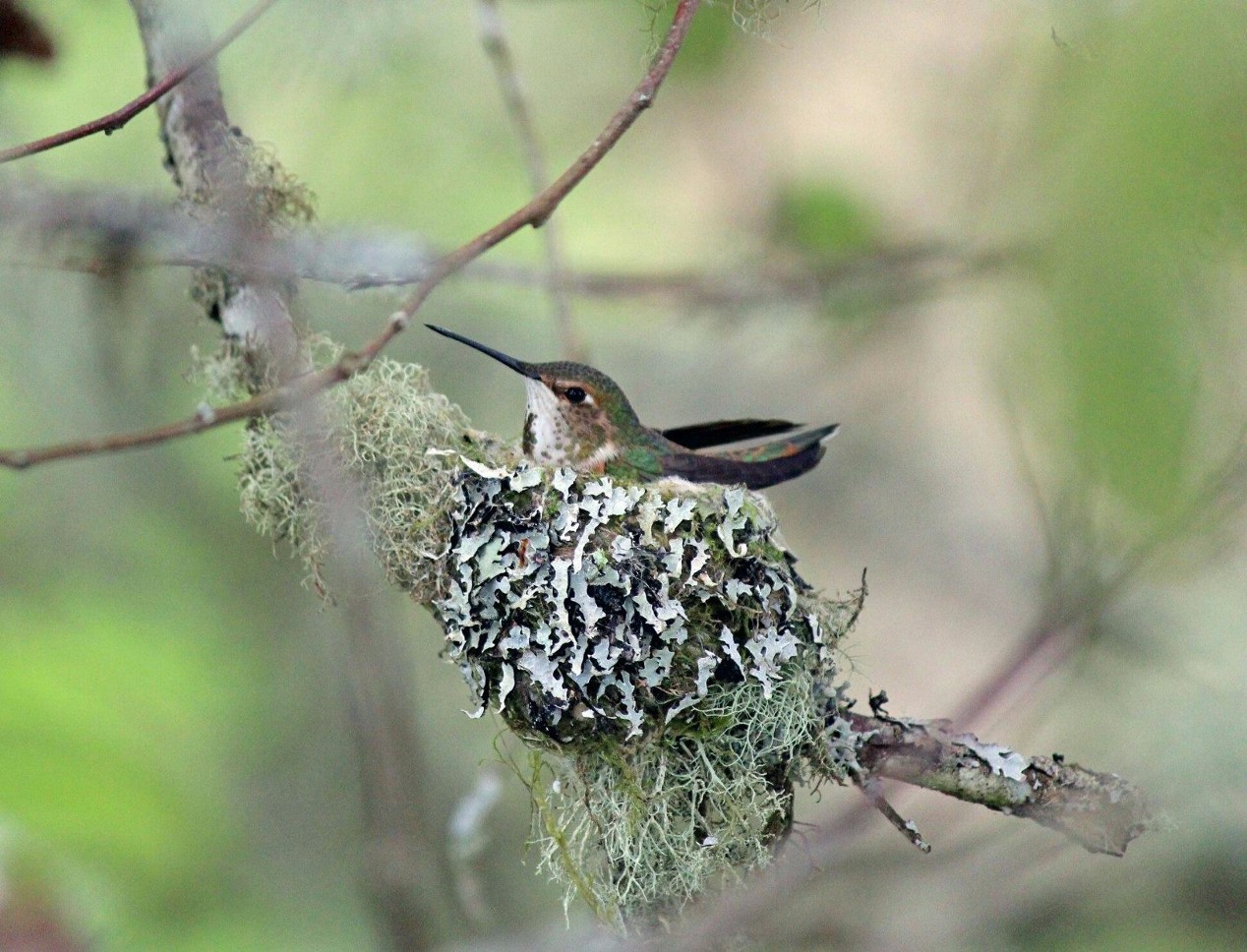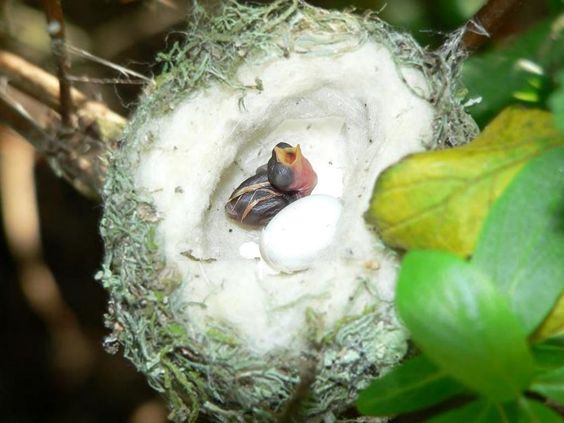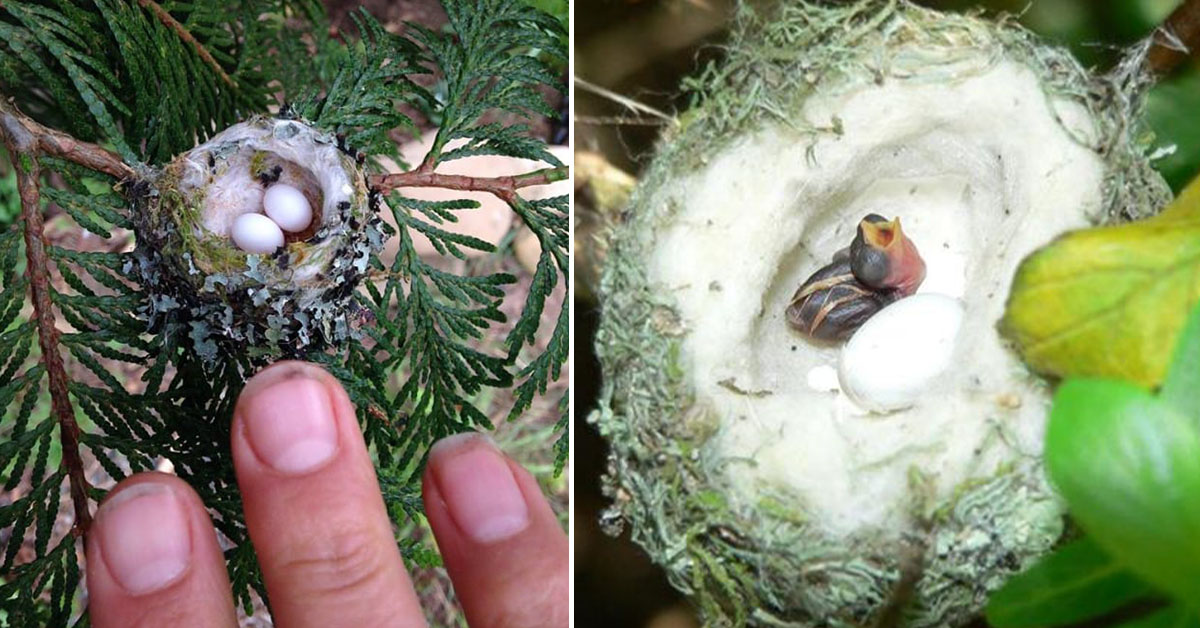The hummingbird is a type of bird that is in danger of dying out. They are only a few inches long and are very small. Their eggs are not even close to the size of jelly beans. You might like the pictures of hummingbird nests below.

Before cutting down trees and bushes in the forest, we need to ensure there aren’t no nests. Keeping an eye on nests is important for the safety of the birds that live there.

The Hummingbird Project says that the birds usually build their nests on branches that slope down. They are often found near moving water or on branches that hang over open areas.

Because they are so fragile, these birds make their homes out of spider webs, lichens, and plant parts. Lichens are also good at keeping their nests hidden.

Most of the time, hummingbird wings beat 50–80 times per second. We can’t put into words why people can see this flapping of their wings. We only see hummingbirds flap their wings in slow-motion videos or when they land in the air.

More than 1200 times per minute, these birds’ hearts beat. Compared to the average person, whose heart beats about 80 times per minute, the hummingbird’s heart beats 20 times for every one of ours.

Their metabolism also speeds up at the same rate that they flap their wings. Their weight and the way they use their energy change throughout the day. Because of this, they eat anywhere from half to eight times their body weight every day.

Most hummingbirds eat five to eight times an hour. Most of the time, it eats one day’s worth of food.

34 hummingbird species (10%) are listed as “critically endangered,” which means they have a 50/50 chance of going extinct in the next ten years.



